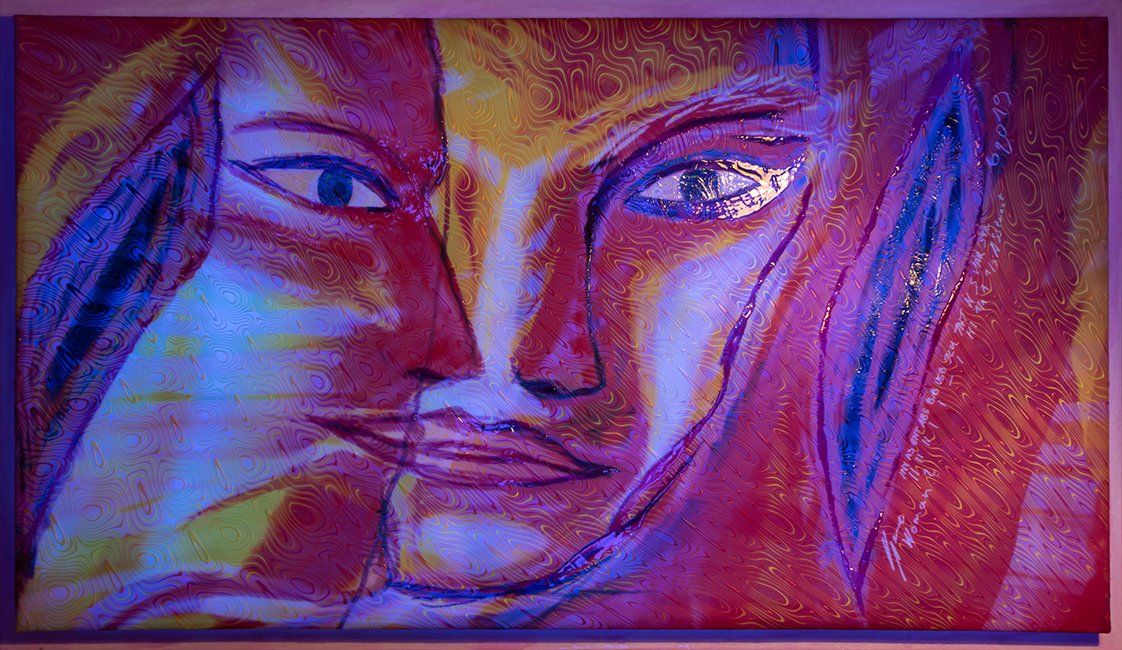GLOBE decorativeism
GLOBE DECORATIVISM
THE ADVANCE OF 20TH CENTURY FASHION
IN ACCORDANCE WITH INDUSTRIALIZATION fired by fossil FUELs
I am driven by the urge for knowledge and innovation in the self-designed future: knowledge about the world as a whole, natural sciences, sociology, religion and many other topics. The knowledge about the motivation of people in the primeval past up to the industrial modern age. The development of art and the origin of different artistic styles are an exciting source for his knowledge.
Claude Monet (1840 - 1926), Vincent van Gogh (1853 - 1893), Impressionism (c. 1850 - present), Photographer (c. 1826 - present). Impressionism is certainly strongly influenced by the development of photography. Coarse light-sensitive pigments from the early days of photographic chemistry and the projection of photos onto walls with the accompanying enlargement of the individual pixels were certainly a technological condensation nucleus for the early painters of impressionism.
Andy Warhol (1928 - 1987), Pop Art (circa late 1960s - present), graphic computer imaging (circa late 1960s - present), packaging material made of polyethylene (circa late 1950s - present). The Pop Art movement was significantly influenced by the industrialization of packaging and the associated increasing use of packaging for advertising purposes. The introduction of computers for image processing, the grid dot of offset, flexo and gravure forms were also style-defining elements for Pop Art.
Jeff Koons (1955 - present) technologically, his works are characterized by the use of CAD software, mold tools, CAM manufacturing technologies and various metallization and painting technologies. Where would Koons be without these technologies?
Art, the mirror of technology?
The alienator and exaggerator of technology, of society? Any art movement is always a child of its time. It is always in mutual interaction with its environment and in particular with technological developments in our modern age. Kilian Saueressig plays with self-developed innovative processes for coloring and shaping that go far beyond current industrial solutions. Metallic effects, matt-gloss effects, micro-macrostructures, manual-digital shaping technologies, etc.
For Kilian Saueressig, new technologies are an essential means of artistic design. Allowing new degrees of freedom and ideas to flow from the artist's head into reality. Technologies used for exaggeration, alienation, inversion, for artistic reality in general. Playing with new materials and processes always gives rise to new impulses for new works of art – and vice versa. Art and technology at Kilian Saueressig: They are mutually dependent and are therefore inseparably cohesive. Or to put it another way: technology and spirit merge into a new alloy of art.
Art – design without function? The definition of art is diverse and certainly very different from person to person. However, art always has a function. It can inspire, serve as a status object or be decorative. It can seem banal, meaningful, liberating... Art has many facets, but significantly fewer than the facets of humanity and therefore still plenty of room for new art movements and discoveries.
Two feminine faces.
The circular structures symbolize a decorative surface that is perhaps somewhat exaggerated, such as on a luxury handbag or a tattoo. They represent people's urge to decorate, show off, put on make-up, stand out, be the center of attention.
The means of decoration are diverse and have existed for as long as anyone can remember. They are not a modern invention. Personal wealth, status is more and more flaunted through luxury products in our modern times. Important for status, everyone must know that it is expensive. No-name products are viewed by many as not promoting status. This trend can also be observed in the art industry. Consumption as a constantly recurring status drug.
The eyes of the two "WoMan?" in the picture appear psychedelic. Use as a psychedelic drug. The pigtails of the two "WoMan?" are flaunted alienated vaginas. Luxury as a symbol of sexual femininity? Sexuality as a means of gaining power, as a means of monetary wealth? Or just a means of procreation? Or artistic message?
Or just beautiful or obscene?
A question for the viewer!









